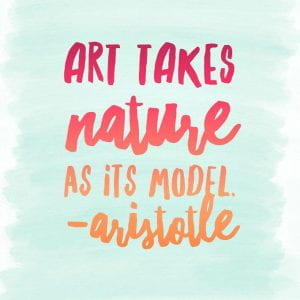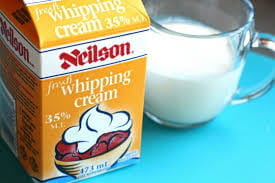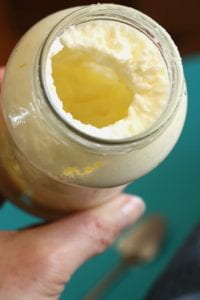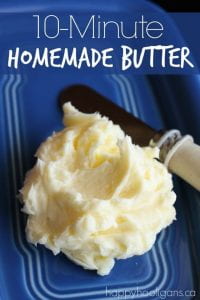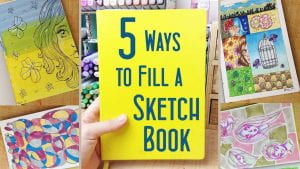Year 1 Week 6 Visual Art Activity
Parents just a quick message to let you know that parental supervision is required for this activity. Also, please only use the resources you may already have at home.
Learning Intention: Understanding that when cream is shaken, the fat molecules in the cream leave their normal position and clump together.
Success criteria: Through observation, after a while, all of the fat molecules cling together, forming a lump of butter and leaving buttermilk behind.
We are learning and playing with simple kitchen science experiments. Why Kitchen Science? because everything you need is already in your kitchen cupboards. There are so many cool experiments to do at home with everyday household items. The experiment is sure to develop a love for not only being creative in art, but also learning through science. So enjoy, discover and above all BE CREATIVE!
Please remember to film, share and upload your work to me via Seesaw, email and/ot google doc.
ENJOY!
Shaking up butter science activity
Materials
• Measuring cup
• One cup of heavy whipping cream
• Cup or glass
• Clean a glass jar with lid and a tight seal. A clear glass jar with a lid, seal and ring works best. A different size jar could be used but the amount of heavy whipping cream should be adjusted accordingly.
• Helper
• Stopwatch or clock
• Bowl
• Cold water
• Small plastic bags
Preparation
• Pour one-half cup of heavy whipping cream into a cup or glass. Let it sit out at room temperature for about five hours.
Method:
- Pour cold heavy whipping cream into the mason jar. …
- Secure the lid and begin shaking. …
- About halfway through, you’ll begin to hear a difference in the shaking sound. …
- Once you feel like there’s a solid mass shaking around in the jar, the butter should be done.
The Science Behind Making Butter
When cream is shaken, the fat molecules in the cream leave their normal position and clump together. After a while, all of the fat molecules cling together, forming a lump of butter and leaving the buttermilk behind.
Click link below to view this amazing video about making fresh butter at home!
http://www.viewpure.com/mW4S_jd8vKc?start=0&end=0
Hello everyone, just a reminder aa with last term, Mrs Velardi would like to introduce her infamous sketchbook entries! Every week I will upload a video of a nature walk or a science experiment we are looking at. May I add our school looks absolutely amazing and you are sure to be surprised on your return! I will stop at a certain section of the school pause, give commentary and ask you to add to last terms sketchbook. Please share your entry wiyth me through Seesaw, email and/or a google doc.
Part 1 Butter Making Process
Part 2 Butter Making Process
Contact Details:
Teresa Velardi (Art Teacher)
tvelardi@stgeorgepreca.catholic.edu.au
